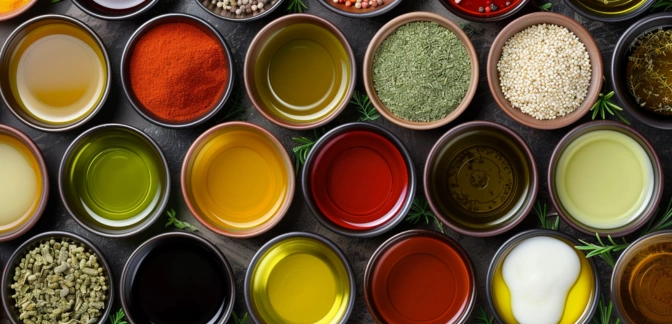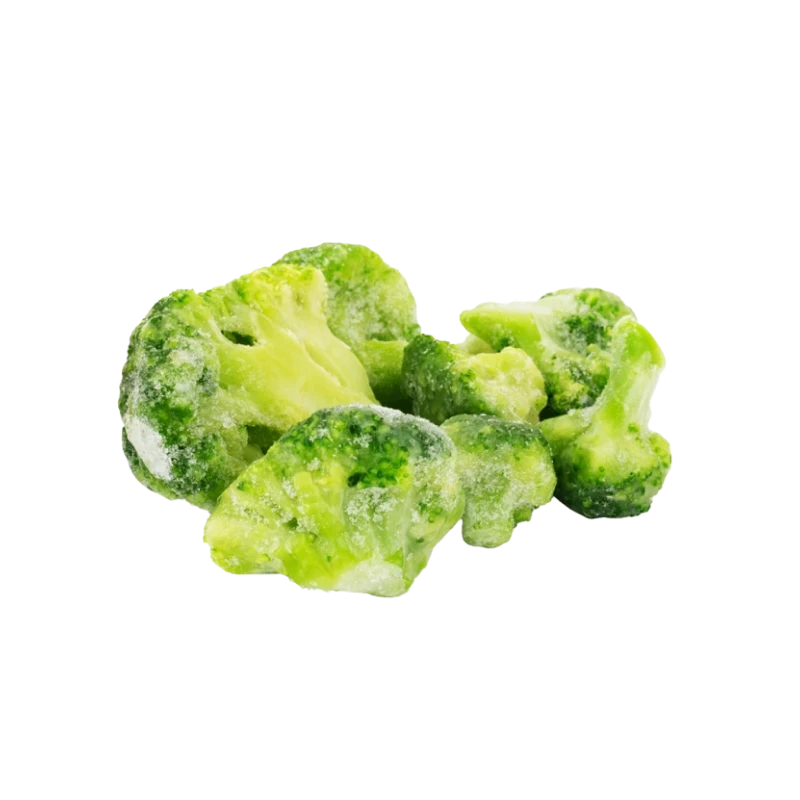Alfredo Sauce — Nutrients, Health Benefits, and Shopping Tips

Written by Listonic Team
Last update on September 4, 2024
Alfredo sauce nutrients
Nutrition facts
Amount per 100 g
Calories
🔥 412 kcal
| Nutrients per: 100 g | Value | % Daily Value* |
|---|---|---|
| Carbs | 4 g | 1.45% |
| Fiber | 0 g | - |
| Sugars | 1 g | 2% |
| Glycemic Index | 50 | - |
| Protein | 6 g | 12% |
| Sodium | 652 mg | 28.35% |
| Total Fat | 41 | 52.56% |
*The % of Daily Value (DV) tells you how much a nutrient in a serving of food contributes to a daily diet. 2,000 calories a day is used for general nutrition advice.
50
🟢 Low Glycemic Index
4 g
⬇️ Low Carb Content
Alfredo sauce facts & tips
Health benefits
- Rich in flavor, enhancing the taste of pasta and other dishes, making them more enjoyable and palatable.
- Provides a source of calcium if made with dairy products, which is important for bone health.
- Contains fats, which provide energy and support cell function.
Health risks
- High fat content particularly in traditional Alfredo sauce made with butter, cream, and cheese, which can raise cholesterol levels and increase the risk of heart disease when consumed frequently.
- High calorie content which can contribute to weight gain if consumed frequently or in large portions, particularly when paired with high-calorie foods like pasta.
- High sodium content in many commercial Alfredo sauces, which can contribute to hypertension and increased cardiovascular risks.
- Potential for lactose intolerance symptoms such as bloating, gas, or diarrhea in individuals sensitive to dairy products.
How to choose alfredo sauce
Alfredo sauce should be creamy and smooth, with a rich blend of cheese and cream. The consistency should be thick enough to coat pasta evenly without being lumpy or overly fluid.
Avoid Alfredo sauce that has separated or developed an oily layer, as this indicates it has not been properly emulsified. Sauces that taste overly salty or have a grainy texture should also be avoided, as they will not provide a pleasant culinary experience.

How to store alfredo sauce
Alfredo sauce should be stored in the refrigerator after opening, kept in its original jar or an airtight container. Refrigeration preserves its flavor and quality for up to a week.
Leaving Alfredo sauce at room temperature can cause it to spoil quickly. Avoid using dirty utensils to scoop it out, as this can introduce bacteria. Proper sealing maintains its texture and taste.
✅ Extra Tip
How long does it last?
Alfredo sauce can last for 6-8 months unopened when stored in a cool, dark place. Once opened, it should be refrigerated and used within 4-5 days. Always ensure the lid is tightly closed to maintain its freshness.
What to do with leftovers?
Leftover Alfredo sauce can be used in a variety of creamy and indulgent dishes. Toss it with pasta, gnocchi, or tortellini for a quick meal, or mix it into a casserole with chicken, vegetables, and cheese. Alfredo sauce is also great when used as a base for a white pizza, topped with your favorite ingredients.
Use Alfredo sauce as a dip for breadsticks, garlic bread, or roasted vegetables, or mix it into a creamy soup with chicken and mushrooms. If you have a lot of Alfredo sauce, consider making a batch of chicken Alfredo bake by mixing the sauce with pasta, chicken, and cheese, then baking until bubbly. Alfredo sauce can also be used as a filling for lasagna, layered with pasta sheets, spinach, and ricotta. For a quick meal, reheat Alfredo sauce and serve it over pasta with a sprinkle of Parmesan and a side salad.
👨⚕️️ Medical disclaimer
Discover products from other categories
Listonic Team
Fact-checked
Our editorial team checked this article to make sure it was accurate at the time of publishing it.
Get the top-rated shopping list app







